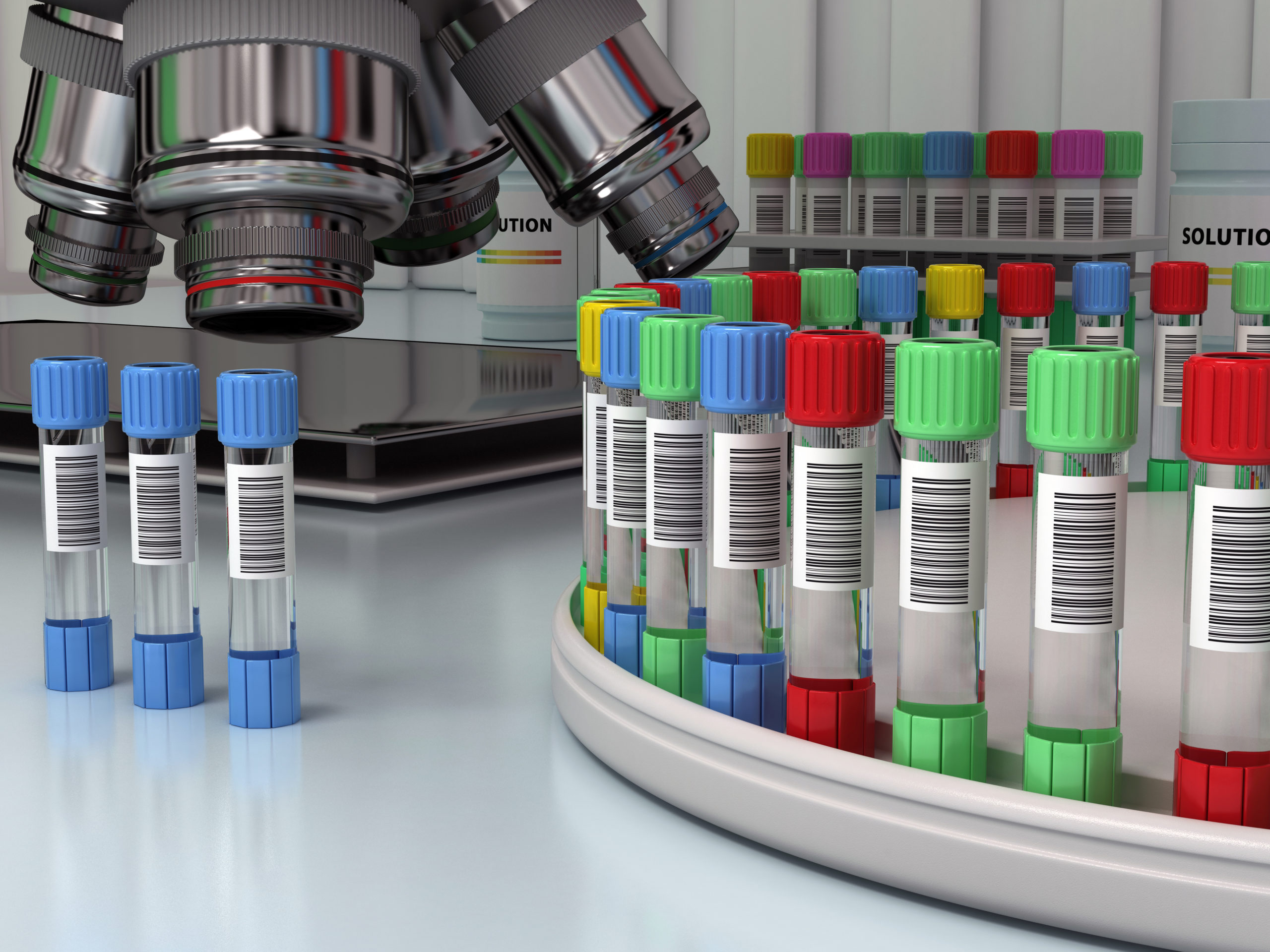During the early stages of a drug’s preclinical development, after a product is identified as a viable candidate for further development, the sponsor must collect sufficient data to verify it will not expose humans to unreasonable risk[1]. This is when the FDA’s role comes in as drug development begins. When the sponsor, such as the manufacturer or potential marketer, has tested the pharmacological activity in animals and would like to test its diagnostic or therapeutic potential in humans, the legal status of the molecule changes, and it becomes subject to specific requirements of the drug regulatory system1. At this point, the Investigational New Drug (IND) application can fall into two categories: commercial or non-commercial (research).
When a drug sponsor submits an IND application, like the National Institute of Health, it is generally deemed a commercial IND. The intended objective of their clinical research is to collect sufficient data needed to bring the drug to market. Even when a non-profit research firm applies for an IND, a commercial IND is required if the intention is to make that drug available on the market ultimately. The large-scale distribution of a drug is deemed a commercial endeavor, even if it is not profit-driven. The commercial IND application can be extensive compared to a research IND. The clinical trials are often performed at multiple locations, testing protocols substantially more complex.
If the intent is not to bring the new drug to market, physician-submitted IND applications are customarily considered research INDs. The clinical research completed is often meant to test a new dosage or indication, but the data is not intended for use in a subsequent market approval application. Instead, the clinical research may prove efficacy for a new indication of an already approved drug. When clinical research is to be completed purely to prove a theory or improve upon an existing treatment, a research IND is necessary. The application for this type of IND is generally smaller and less complex than that for a commercial IND.
In most instances, the intended use can completely change the regulatory pathway. Choosing the correct category to file an IND application is no different—the intended use of the clinical trial data changes which IND application will be filed. If the product included in the clinical trials is designed for end-market use, it is considered a commercial IND. For more information or help with any quality, regulatory or compliance questions, contact EMMA International by phone at 248-987-4497 or by email at info@emmainternational.com.
[1] https://www.fda.gov/drugs/types-applications/investigational-new-drug-ind-application





